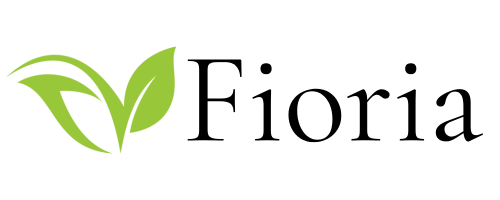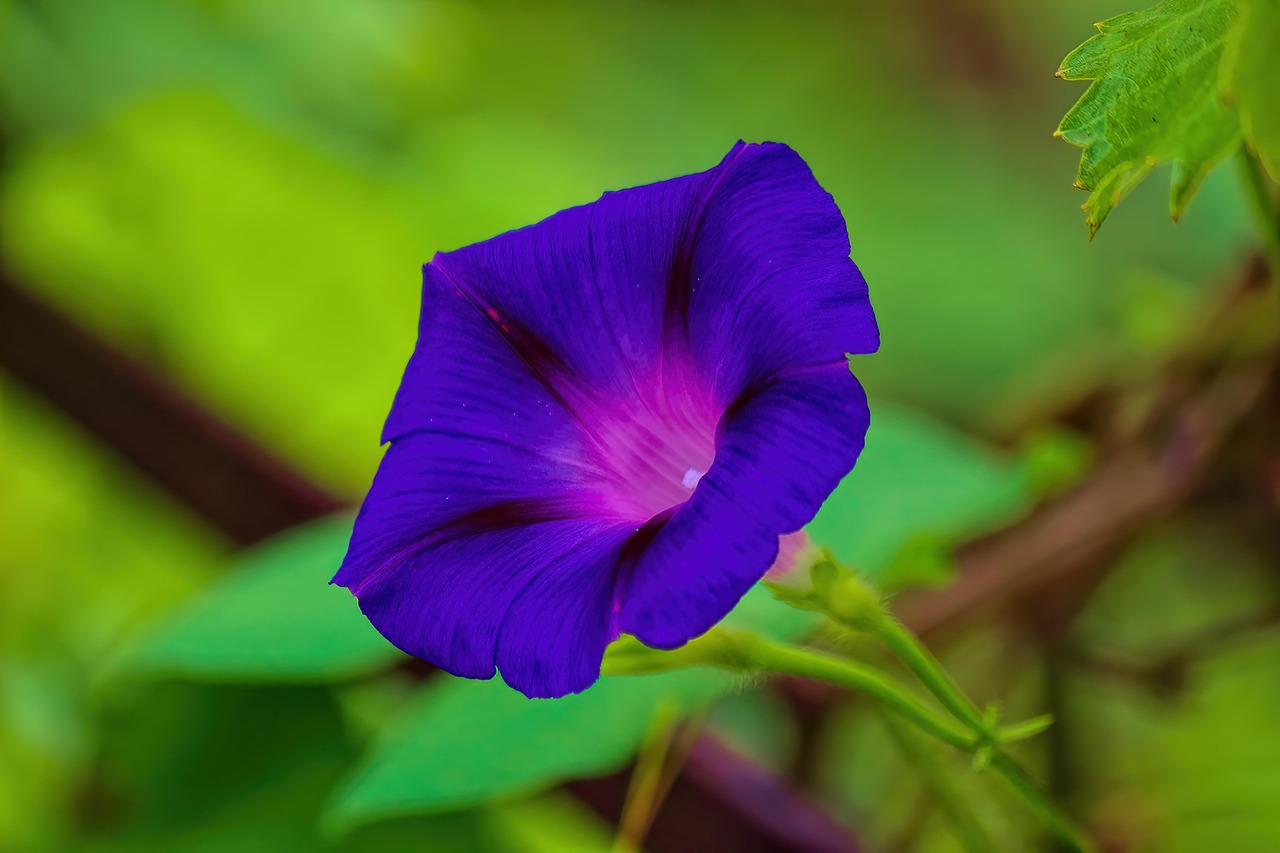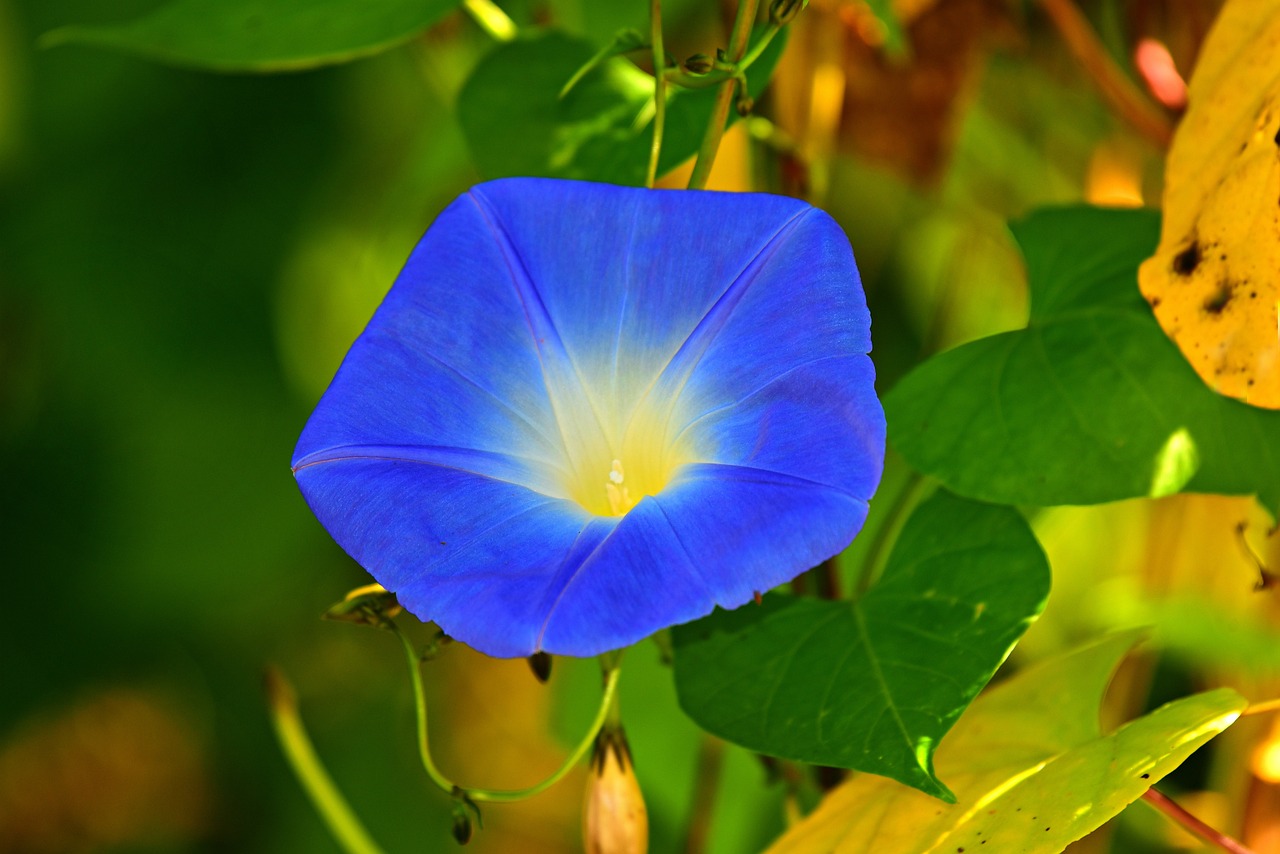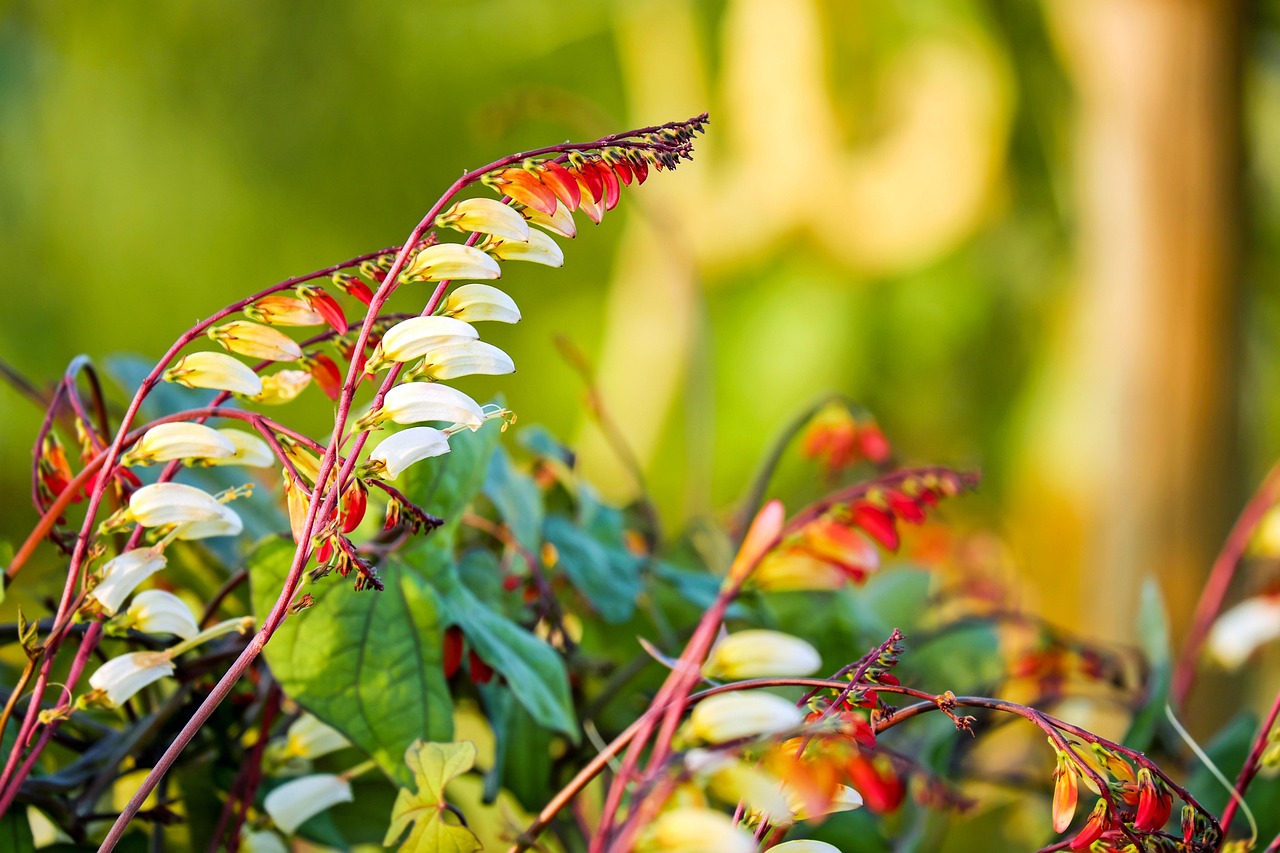Ipomoea horsfalliae | A Tropical Jewel of the Victorian Greenhouse
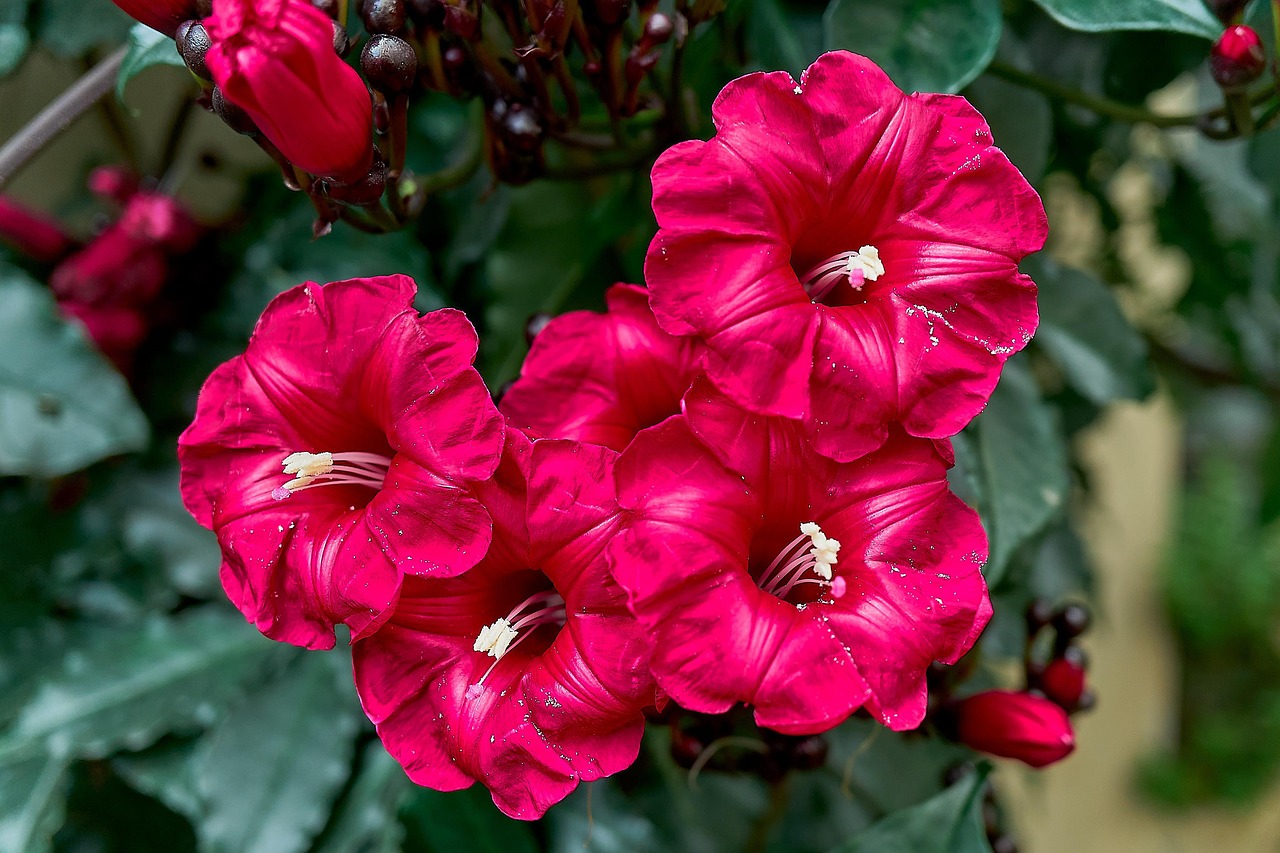
Ipomoea horsfalliae, commonly known as the five-lobed morning glory, is a tropical climbing plant admired for its vivid crimson-magenta flowers and its uniquely divided leaves.
Though it is rarely found in Japan, this plant is highly valued abroad as one of the key ornamental species in greenhouses and gardens.
In this article, I will introduce its morphological features, cultural significance, historical background, and practical cultivation methods in gardening.
Basic Information
- Scientific name: Ipomoea horsfalliae
- Family: Convolvulaceae
- Origin: The West Indies (notably Jamaica and Trinidad)
- Appearance: An evergreen climbing perennial with palmately divided glossy dark-green leaves. Its funnel-shaped flowers, about 5–7 cm in diameter, display brilliant crimson-magenta hues and bloom in clusters along the nodes. The vigorous vines spread widely, covering trellises, fences, and arbours.
- Flowering season: In tropical regions, it blooms year-round, while in temperate climates, flowering occurs from late summer to winter. Depending on sunlight and temperature, it may bloom several times a year.
Cultural Significance Around the World
Ipomoea horsfalliae has long been cultivated in tropical gardens and greenhouses worldwide.
In Japan, although rare, it attracts the interest of plant enthusiasts as an uncommon specimen, occasionally featured in greenhouses and horticultural exhibitions.
In the Caribbean, it has been traditionally used to border houses and pathways in home gardens.
Its deeply lobed leaves create striking visual effects, and when trained over trellises or fences, they provide natural decoration.
In Europe, from the Victorian era onward, the plant became an esteemed greenhouse ornamental. It was collected and displayed in institutions such as the Royal Botanic Gardens, Kew in England and the French National Botanical Garden.
Historical Background
The name Ipomoea horsfalliae was dedicated to the wife of Charles Horsfall, a 19th-century British entrepreneur and plant collector. Horsfall actively collected tropical plants in the West Indies, cultivating many in his own gardens. This species, among his collection, was named in honour of his wife.
Such dedications were a common practice in 19th-century horticulture, reflecting the culture of respect and personal connections among collectors and botanists. Later, the plant was introduced to botanical gardens and royal estates, securing its place as a valuable ornamental vine by the late 19th century.
Today, it continues to be recognised for both its scientific and horticultural value, often included in plant collections and educational displays.
Gardening Advice
As Ipomoea horsfalliae is best suited to tropical and subtropical climates, in Japan it is generally recommended to grow it in containers.
Sunlight
Requires abundant light. At least 5 hours of direct sunlight daily is desirable, otherwise flowering will be limited.
Watering
Water generously whenever the surface soil dries, ensuring excess water drains from the pot. In hot seasons, take care to prevent drying. Reduce watering during winter.
Soil
Prefers well-drained soil. Adding perlite or pumice to commercial potting soil is effective. Slightly acidic soil is ideal.
Fertilizer
During the growing season (May–September), apply liquid fertilizer every two weeks. Fertilizers rich in phosphorus promote flowering.
Pruning & Training
Its vigorous growth requires early pruning and training to maintain form. Pruning also encourages branching and increases flower production.
Winter care
Sensitive to cold. Below 10°C it may wither. Keep indoors in a bright, warm environment. Additional heating may be necessary in colder regions.
Conclusion
Ipomoea horsfalliae, native to the West Indies, is a striking tropical vine with brilliant crimson flowers and palmately divided leaves. Its naming, in honour of Charles Horsfall’s wife, reflects the horticultural traditions of the 19th century.
Over time, it has established itself as a valued ornamental plant, featured in botanical collections and greenhouse displays. With proper care, one can fully appreciate and enjoy its distinctive beauty in a cultivated setting.
